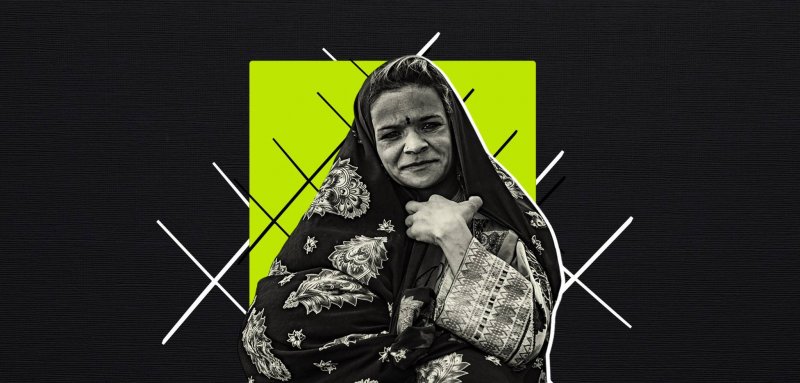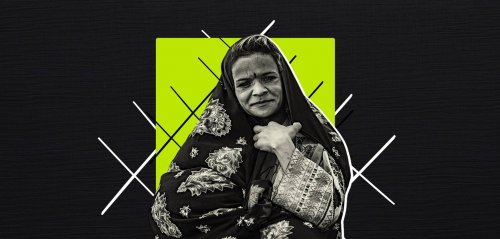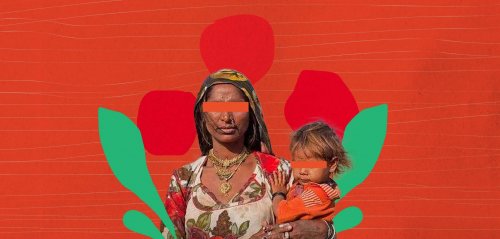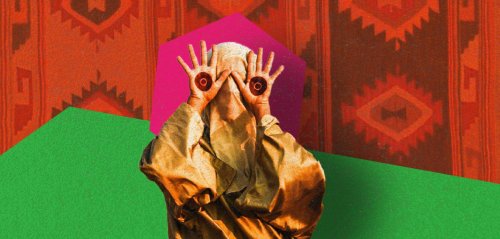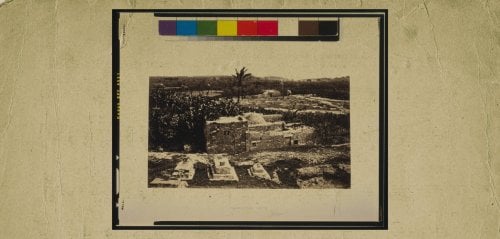Despite the status of the Persian Romani, also referred to as Persian Gypsies in Iran, a group often disrespected, theirs is a reality largely untold. The Persian Romani have contributed significantly to the development of Iranian culture, and contrary to popular local belief, they are not an alien group living within Iran.
The presence of Persian Romani people in Iran is considered by many Iranians as a point of crisis or social challenge. Studies suggest that the Persian Romani people are of Indian descent, with their language belonging to the Indian language group. Additionally, their genetic traits can be traced to the Indian subcontinent.
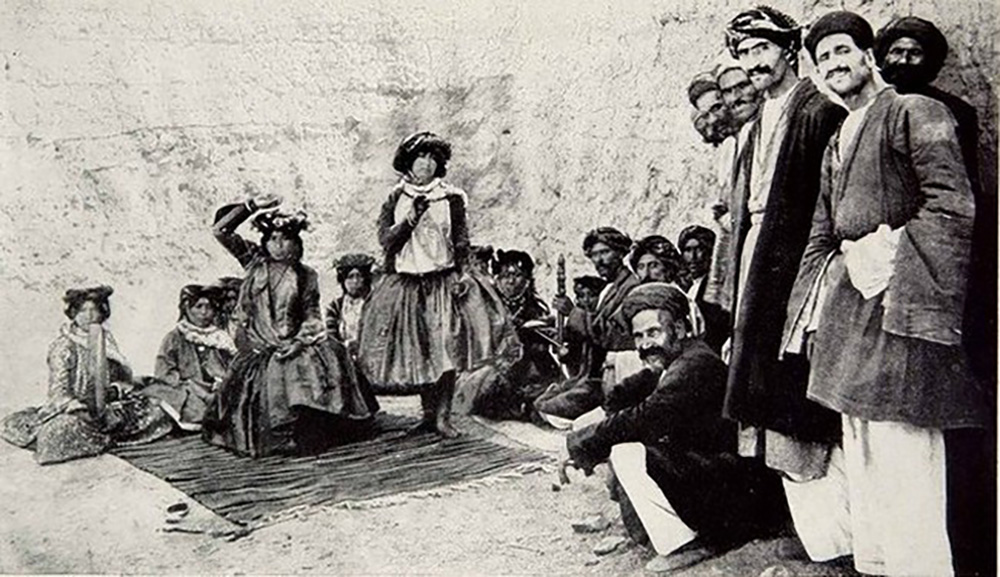 An old photo of the Romani people (Gypsies) in Iran
An old photo of the Romani people (Gypsies) in Iran
According to genetic research from 2012, Romani people left northwest India 1500 years ago. Their genes are not found in other ethnic groups across the world, as these genes were formed around 40 generations ago and have not mixed with any other group since.
The Kings of Iran caused the Gypsy crisis worldwide
Historical Iranian sources dating back over 1500 years, from the end of the Sassanid era, state that Bahram V, known as Bahram Gur, the 15th Sassanid king, brought thousands of musicians and dancers from India to Iran.
Despite the status of the Persian Romani, also referred to as Persian Gypsies in Iran, a group often disrespected, theirs is a reality largely untold. The Persian Romani have contributed significantly to the development of Iranian culture, and contrary to popular local belief, they are not an alien group living within Iran.
The famous Iranian poet Abul-Qâsem Ferdowsi (329-418 AH) wrote in his book Shahnameh, "Bahram (Bahram Gur) gave them wheat, cattle, and donkeys so they could farm and work as workers and slaves, but they never worked. They consumed the wheat and cattle, leaving only the donkeys. Bahram then ordered them to ride the donkeys and travel around the country, spreading joy through singing and dancing for the people."
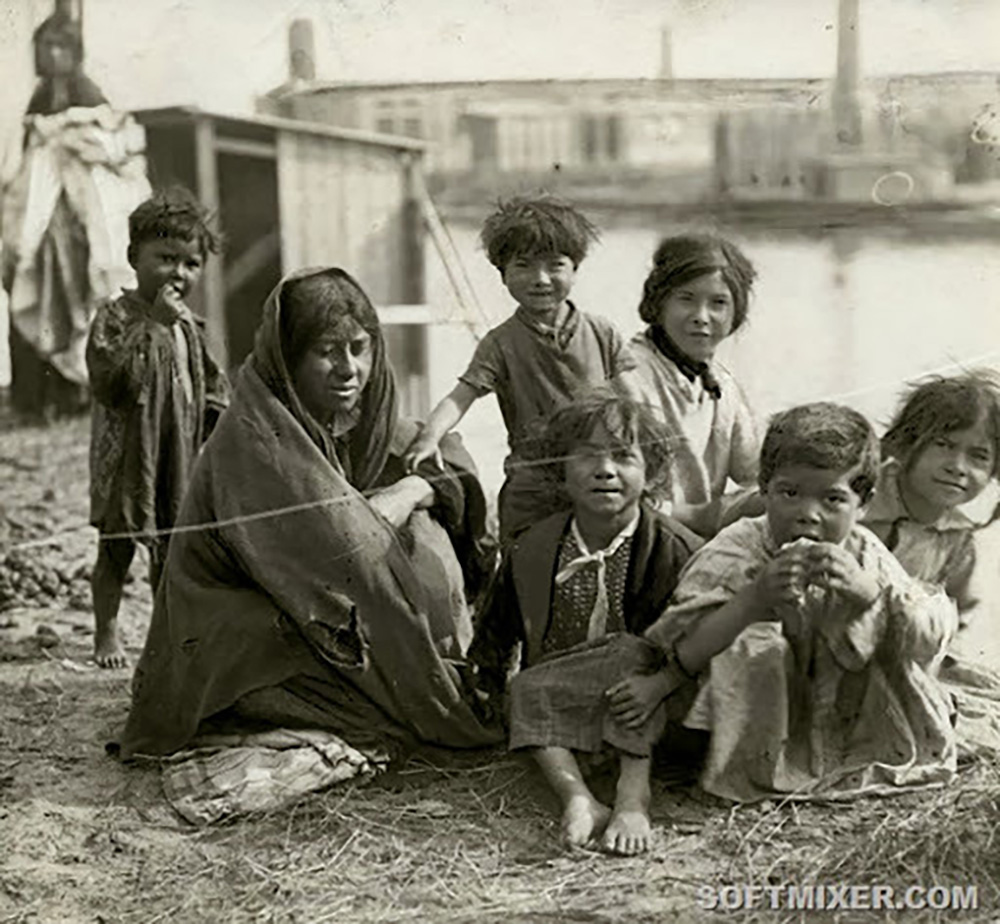 An old photo of a Romani (Gypsy) family in Iran
An old photo of a Romani (Gypsy) family in Iran
Another Iranian study suggests that the separation and migration of the Perisan Romani people coincided with Sultan Mahmud of Ghazni's invasion of India. Some historians also believe that the second Sassanian king, Shapur I, brought thousands of Gypsies from Kabul to Khuzestan province (Ahvaz) in southwest Iran to work on the construction of the Shadorvan Bridge in the city of Shushtar.
Historical reports from Europe indicate that people with similar features and characteristics to the Persian Roma people migrated to Europe during this period. A genetic analysis of the Iranian Roma would certainly reveal their connection to the Roma people in other countries.
Professions of the Persian Romani
The Persian Romani have had a substantial role in the cultural development of Iran throughout its history, and its early industrial development, due to their acceptance of jobs associated with the lower classes. They took on roles such as blacksmithing, and provided certain medical services like tooth extraction or circumcision, as well as barbering and other professions considered low-status at the time. In fact, Iranian beliefs and the official Zoroastrian religion of that era deemed some of these jobs impure, and practicing them was thought to defile a religious person's purity. It is possible that the Romani presence in ancient Iran might be attributed to the social and religious system that was in place at the time.
Historical Iranian sources dating back over 1500 years, from the end of the Sassanid era, state that Bahram V, known as Bahram Gur, the 15th Sassanid king, brought thousands of musicians and dancers from India to Iran.
In modern times, with the advancement of industry and medical services, most of the traditional professions of the Roma have lost their significance, while some have been taken on by Iranians or immigrants to Iran. Consequently, many Persian Romani have adopted other professions, and this shift can explain why some turned to theft or prostitution.
Preservation of Iranian music
Perhaps the most important cultural contribution of the Persian Romani has been their role in preserving Iranian folk music. The musical life of the Iranian people has depended on this group, especially during periods when music and musical activities were banned. The Persian Romani continued their musical practice, due to their lack of adherence t0 religious and social norms. As a result, the most celebrated musicians in North Khorasan, Mazandaran, Sistan and Baluchestan, and other provinces, are largely of Persian Romani origin.
Roma Gypsies can be considered the narrators and storytellers of music and culture in many of the nations they reside in.
Some historians also believe that the second Sassanian king, Shapur I, brought thousands of Gypsies from Kabul to Khuzestan province (Ahvaz) in southwest Iran to work on the construction of the Shadorvan Bridge in the city of Shushtar.
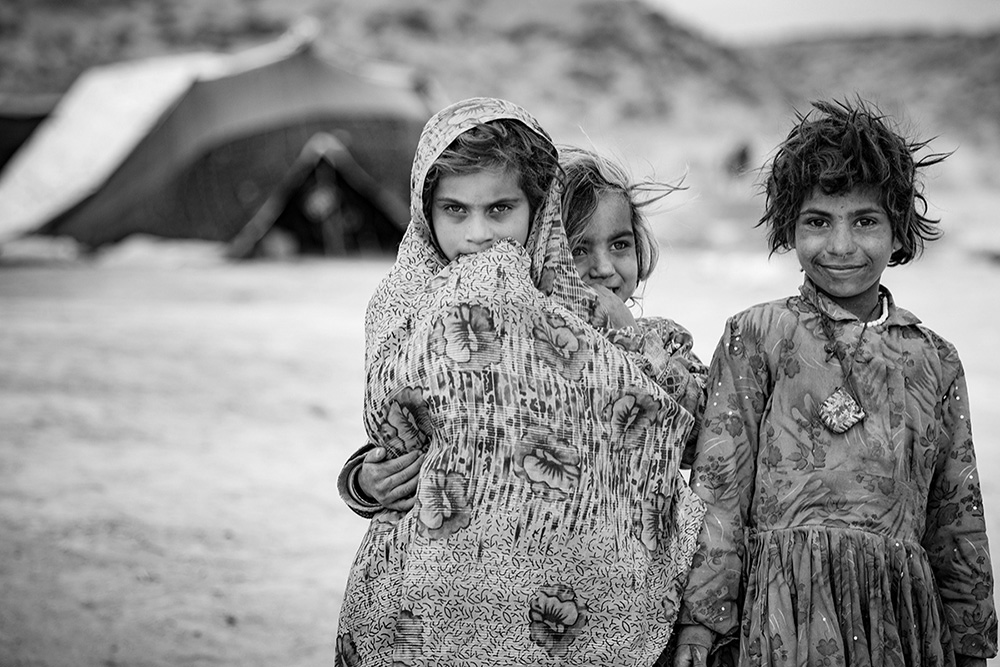 Roma (Gypsy) children in Iran
Roma (Gypsy) children in Iran
In contemporary Iranian history, and especially during the socio-economic reforms under Mohammad Reza Pahlavi, the implementation of agricultural land reforms accelerated the social and geographical mobility of the Persian Romani. This enabled members of the community to change their lifestyle and also to alter their social identity, leading to their integration to mainstream society.
Today, the Persian Romani community is far smaller than it once was. Many established a place within the social system in Iran and no longer associate with their marginalized ethnic group. Many have integrated with other social and ethnic groups, obtained Iranian citizenship, and entered respected professions including in politics, medicine and law, defying negative stereotypes.
Today, the Persian Romani community is far smaller than it once was. Many established a place within the social system in Iran and no longer associate with their marginalized ethnic group. Many have integrated with other social and ethnic groups, obtained Iranian citizenship, and entered respected professions including in politics, medicine and law, defying negative stereotypes.
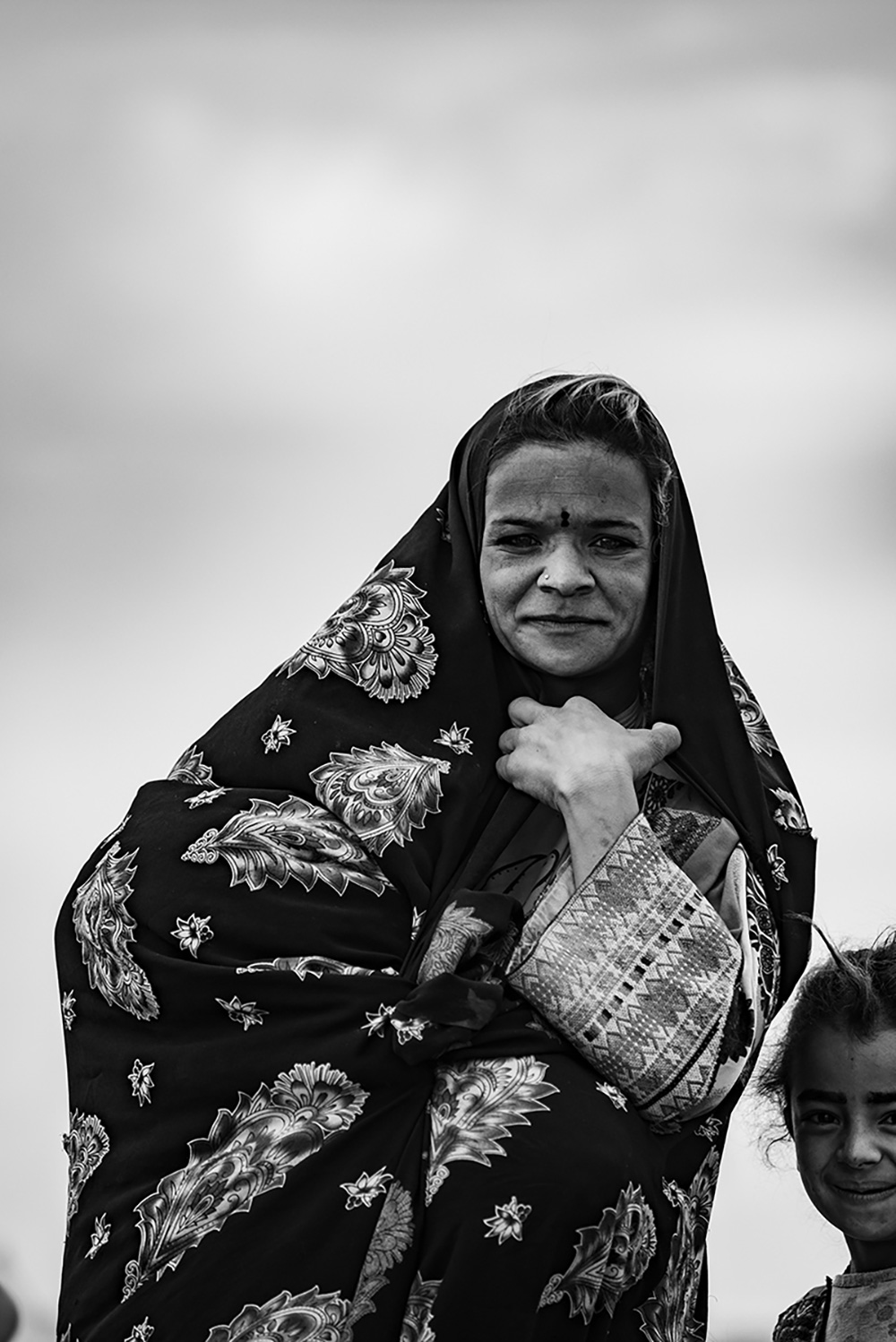 A Romani (Gypsy) woman in Iran
A Romani (Gypsy) woman in Iran
Currently, members of the Persian Romani community can be found in the provinces of Khorasan (northeast Iran), Chaharmahal (west), Kurdistan (west), Azerbaijan (northwest), Lorestan (west), Mazandaran (north), Gorgan (north), Khuzestan (southwest), Qom (central), Fars (central), Tehran (north), Kerman (central), Sistan and Baluchestan (southeast), Bushehr (south), and Hormozgan (south).
For centuries, Iranians have been quick to associate their local Gypsy population with negative stereotypes, however in reality, this group has significantly contributed to the protection and development of various sectors in Iran, most notably Iranian ethnic music.
Raseef22 is a not for profit entity. Our focus is on quality journalism. Every contribution to the NasRaseef membership goes directly towards journalism production. We stand independent, not accepting corporate sponsorships, sponsored content or political funding.
Support our mission to keep Raseef22 available to all readers by clicking here!
Interested in writing with us? Check our pitch process here!
